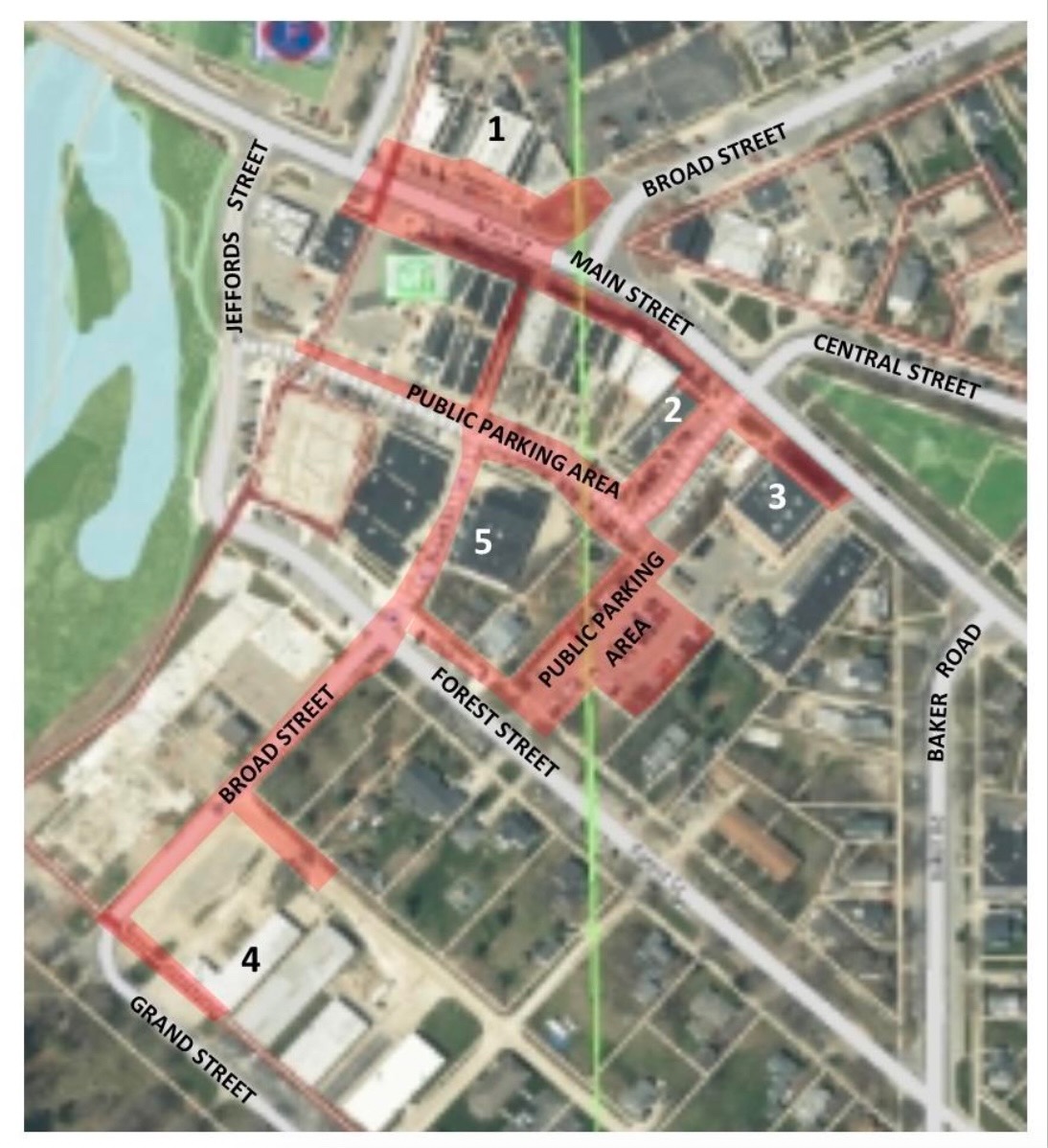The Chelsea City Council approved a hydroelectric power purchase at its November 25, 2024, meeting. The hydroelectric dam producing the power is in Texas, which immediately left us wondering how electricity could travel the 1,132 miles to Chelsea without losing much of its power. We asked ChatGPT.
From ChatGPT
Electricity has to travel long distances to get from power plants to homes and businesses, and that requires a carefully designed system to keep it efficient. For example, hydroelectric power generated at the Toledo Bend facility in Texas can make its way to Michigan thanks to advanced technology and a well-coordinated grid. Here’s how it works.
Using High Voltage for Long-Distance Transmission
When electricity is first produced at a power plant, it’s “stepped up” to a very high voltage using a transformer. This is crucial because high voltage allows electricity to travel long distances with minimal loss.
Here’s why: Electricity traveling through wires encounters resistance, turning some energy into heat. The amount of energy lost depends on the current or flow of electricity (amperes), and this loss increases rapidly with a higher current. By increasing voltage, engineers can reduce the current needed to carry the same amount of energy, significantly cutting down on losses.
How Voltage and Current Work Together
Electricity’s power is a product of voltage (similar to pressure) and current (similar to flow). Increasing voltage can decrease current for the same amount of power. For example, doubling the voltage reduces the current by half, which reduces energy losses to one-quarter of what they would have been.
This process makes high-voltage transmission efficient for moving electricity across long distances.
The Role of the Grid
Once the electricity is high-voltage, it’s sent to the power grid, which acts like a vast transportation network for energy. The Midcontinent Independent System Operator (MISO) manages this grid, ensuring electricity flows smoothly across multiple states, including Texas and Michigan. The grid allows power from one region to meet demand in another, making it a vital part of energy distribution.
When DC Transmission Helps
For extremely long distances, electricity is sometimes converted from AC (alternating current) to DC (direct current). DC transmission is more efficient over extended distances because it experiences less loss. Before the electricity reaches its destination, it’s switched back to AC, which is the standard for homes and businesses.
Stepping Down Voltage for Local Use
By the time electricity reaches its destination, it’s still at a very high voltage, which isn’t suitable for homes or businesses. The voltage is “stepped down” using another type of transformer to make it usable.
Keeping the System Balanced
Grid operators, like traffic controllers, play a key role in managing the flow of electricity. They balance supply and demand, prevent overloads, and ensure power reaches its destination efficiently and reliably. This coordination helps avoid interruptions and makes the system work for everyone.
Why This Matters
The high-voltage transmission, grid management, and voltage conversion system allows renewable energy—like hydropower from Texas—to travel efficiently to places like Michigan. This approach minimizes waste, reduces costs, and helps integrate cleaner energy sources into the grid, benefiting everyone along the way.






 8123 Main St Suite 200 Dexter, MI 48130
8123 Main St Suite 200 Dexter, MI 48130


